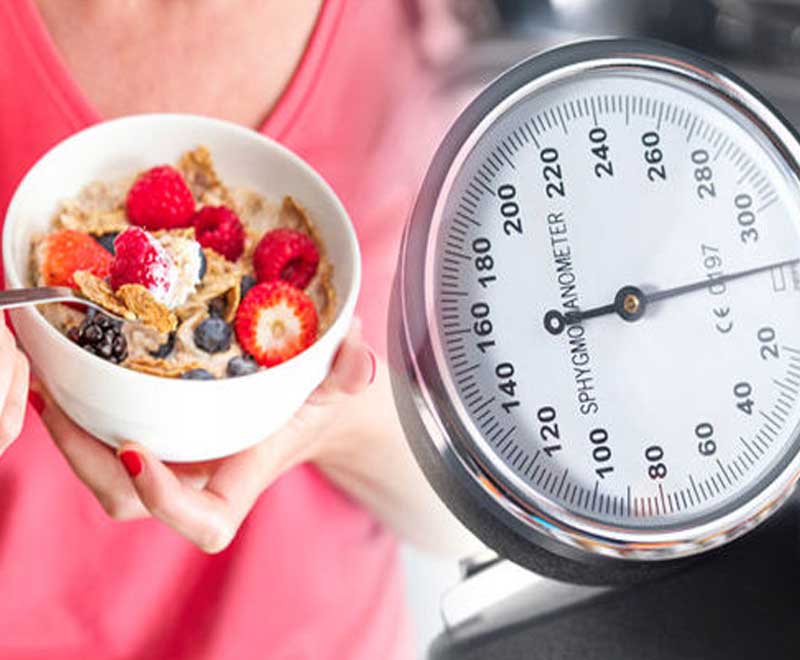
5 Every Day Tips for a Healthy Heart
Heart disease continues to be America's leading killer, but unless it strikes close to home, most of us probably don't think about it too much. At the same time, there′s some good news: Deaths from the most common form, plaque build-up (aka coronary artery disease), have been decreasing in the last decade. But there′s a lot more we can do to protect ourselves. Perhaps surprisingly, some of the biggest heart-healthy benefits come from these simple lifestyle changes and heart-smart supplements.
1 - Get More Oxygen
It′s no secret that smoking, high blood pressure, unhealthy cholesterol, and diabetes increase the odds of heart disease, but the American Heart Association has concluded that there′s "a potentially stronger predictor." Called "cardiorespiratory fitness," it′s all about our ability to use oxygen.
When we breathe air into our lungs, oxygen gets absorbed into blood, transported to the heart, and pumped through arteries to various organs and muscles. How well that process works, and how efficiently the muscles absorb and use oxygen, determines our cardiorespiratory fitness. Exercise that makes the heart pump harder is the chief way to improve and maintain this type of fitness, but as we get older, the process can get sidelined if we aren′t able to produce enough nitric oxide, a gas that dilates blood vessels and enhances blood flow and oxygen transport.
"Nitric oxide is the molecule that controls blood supply to the heart," says Nathan Bryan, PhD, professor of medicine at Baylor College of Medicine in Houston, a leading nitric oxide researcher, and author of the upcoming book, Functional Nitric Oxide Nutrition. "Heart disease is a slow process where the arteries become stiff and then, over time, plaque builds up and it ruptures, and that′s a heart attack," he says, adding, "The loss of nitric oxide production in the lining of the blood vessels precedes the structural changes and the plaque development by many years, sometimes decades."
4 Ways to Make More Nitric Oxide:
- Walk daily or do other moderate exercise such as biking or swimming. The key is to raise your heart rate during the activity. Over time, gradually make it more challenging, for example, by walking faster, longer, or uphill, or by running.
- Make it a daily habit to eat green leafy vegetables, which are a natural source of nitrates, the raw material for nitric oxide production. Beets are one of the richest food sources of nitric oxide.
- Don′t use antibacterial mouthwash. Nitric oxide production begins in the mouth, but antibacterial mouthwash kills beneficial oral bacteria that generate about half of our daily nitric oxide, says Bryan. Switch to an herbal mouthwash instead.
- Avoid antacids and heartburn drugs that suppress stomach acid, which is necessary to break down nitrates in food to produce nitric oxide.
2 - Reduce High Blood Pressure
"Silent" because it doesn′t usually produce noticeable symptoms, high blood pressure really is a killer, and it plagues nearly one in two Americans. Healthy levels are below 120/80 mm Hg, but if they′re 10–20 points higher, risk of heart disease doubles, according to Paul Whelton, MD, lead author of the latest medical blood pressure guidelines. "It doesn′t mean you need medication," he says, "but it′s a yellow light that you need to be lowering your blood pressure, mainly with non-drug approaches." For accurate readings, blood pressure should be checked on at least two separate occasions, at home and in the doctor′s office.
Lose Weight to Reduce Blood Pressure
Leading integrative cardiologist Stephen Sinatra, MD, author of The Great Cholesterol Myth, recommends setting small, achievable goals to lose some weight, be more active, and cut back on sugars and high-carb foods, which drive up blood pressure and inflammation. "Baby steps are better," he says, "because you need motivation." Among his patients, he found that losing 5–10 pounds likely means dropping one clothing size, 4–6 points in the top blood-pressure number, and 2–4 points in the bottom one. And these visible changes help motivate healthier lifestyle habits and further improvements. And, he adds, "A small drop lowers risk substantially."
3 - Understand Cholesterol Markers
Along with blood pressure, there are three other markers that dramatically affect heart health, says Sinatra: HDL "good" cholesterol; triglycerides, which are usually tested along with cholesterol; and blood sugar. At unhealthy levels, the combination of these three factors makes up metabolic syndrome, the big driver of chronic inflammation, the culprit behind heart disease and diabetes. A large waist or belly is the most common outward sign.
"People don′t realize that the fat around the tummy, that′s where the inflammatory mediators live in your fat cells," he says; "So basically, when you get rid of fat cells, you′re getting rid of inflammation."
Track Ratio of Triglycerides to HDL
To see where you stand and monitor progress, says Sinatra, cholesterol numbers by themselves don′t tell the whole story. Instead, he recommends tracking the ratio of triglycerides to HDL cholesterol, which should be no higher than 2. For example, triglycerides at 95 and HDL at 55 (95:55) would be a good ratio, below 2, but a 300:30 ratio of 10, often found among type 2 diabetics, is far from healthy. The other key marker is blood sugar: lower is better. Following the steps to lower blood pressure will also improve these markers and lower inflammation and heart risk.
3 Innovative Heart-Healthy Tips
Healthy habits can be surprisingly simple. Here are three from researchers who presented their latest findings at the American Heart Association's Scientific Sessions 2017.
1. Savor Food Slowly:
"Eating more slowly may be a crucial lifestyle change to help prevent metabolic syndrome," said Takayuki Yamaji, MD, author of a study showing that slow eaters are less likely to gain weight and develop metabolic syndrome. "When people eat fast," he said, "they tend not to feel full and are more likely to overeat."
2. Be a Smart TV Viewer:
"Watching TV itself isn't likely bad, but we tend to snack and sit still for prolonged periods while watching," said Mary Cushman, MD, author of a study showing that avid TV watchers were nearly twice as likely to develop a dangerous blood clot, compared to people who rarely watch TV. "You could put a treadmill or stationary bike in front of your TV and move while watching," she suggests. Or, record your favorite show while you′re out for a walk, and watch it later, minus the ads.
3 Keep Gums Healthy:
Where there′s gum disease, getting it treated significantly lowers blood pressure. One study found that after intensive dental treatment, blood pressure began to gradually drop and within six months, systolic pressure (the top number) was 13 points lower and diastolic pressure (the bottom number) dropped by nearly 10 points.
Health News










